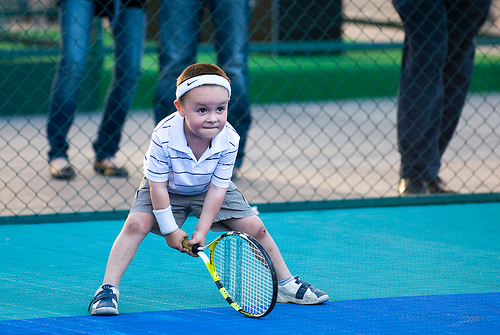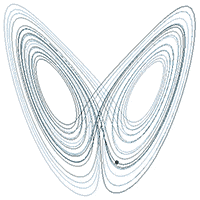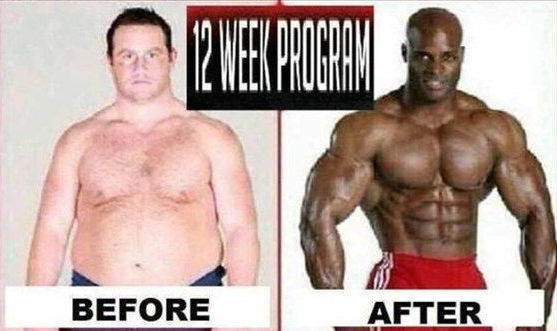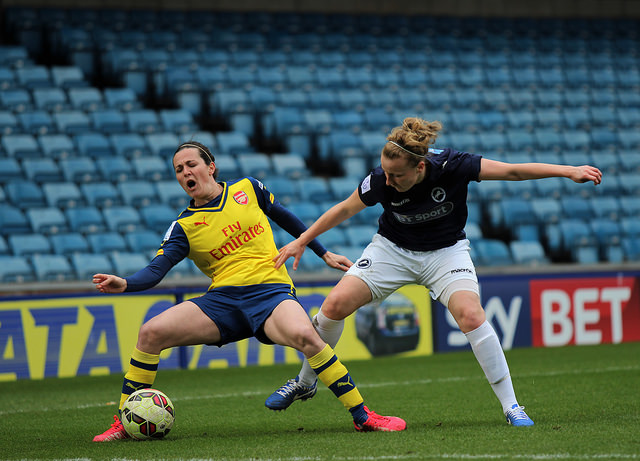Injury Prevention and Variation of Movement
There is a lot of talk in the media about preventing injuries during sports. A lot of that talk revolves around “fixing faulty mechanics” and “moving the right way” in order to prevent injuries, specifically the dreaded tear of the anterior cruciate ligament (ACL). Many of the people saying these things are sports medicine professionals, but are they right? As I have written before, mechanics definitely play a role in ACL injuries, but it’s more complicated than that. So let’s look at what we actually know and how we as a profession are getting confused:
We know that dynamic knee valgus during drop vertical jump (DVJ) from a 30cm box with no forward translation is pretty good at predicting future ACL tears and 2nd ACL injury after primary ACLR. What many people have interpreted from that research is that those faulty mechanics CAUSE the injury and that correcting them would PREVENT the injury. But that is not what that research says at all. As a matter of fact, by correcting the athlete’s DVJ all you have done is make that test no longer predictive of anything for that athlete. You have taught them how to pass the test but may not have corrected the underlying problem. This is also true for hop tests. Predictive does not mean causative. By all means please use those tests, but don’t read too much into them.

Why didn’t she tear her ACL here??? Instead she won Big West Conference Athlete of the Week.
Photo credit: Big West Conference
So what are “normal” mechanics? It turns out there is a HUGE variance in normal. We are much better at identifying abnormal which is REALLY ugly. In those studies that identified dynamic valgus during DVJ, the subjects who went on to get injured had more than 2 times the moment arm! It’s not subtle.
When people have sought to find “ideal” they have looked at all the normal variance in movement and identified the mean or middle point. This is probably very wrong. Human movement is a chaotic and dynamic system (emergent, non-linear, etc). Dynamic systems that are chaotic are notorious for “strange attractors” (see figure below). As you collect data, you see a pattern emerge in the variance around a central point (the mean of the data). Funny thing however, no “normal” person would actually fall right dead-on that point. As a matter of fact, falling there would actually be weird. “Normal” falls all around that attractor within a standard yet rather large deviation . The conclusion of this for me is that we are better at telling people what they shouldn’t do (which again is pretty ugly), rather than what they should do. What is optimal for one athlete may not be what is optimal for another (especially true in elite athletes). This is why I am very critical of movement screens and “corrective” exercises (especially when they are arbitrary).
***SIDE NOTE: There are some providers out there that use chaos theory to defend a bunch of pseudoscientific bullshit. Unless you really understand the theory, be careful!***
So what else do we know? Well, we know that simple strength-training programs are most effective for injury prevention. Coordination/mechanics training? Not so much. I have suggested in the past that the small benefits from coordination training COULD be explained by secondary, accidental strength gains achieved during those exercises. Why might strength-training programs have this kind of protective effect?
We earlier established that we have no great way of knowing what movement is optimal for the athlete in front of you at any given time due to the dynamic nature of the system. A dynamic system requires basic components (system inputs) and free practice repetition. For an athlete these components are found in basic strength and conditioning principles: Strength, power, endurance, cardiovascular conditioning, etc. When we talk about specificity of training, we mean METABOLIC specificity, not movement specificity. Once they have adequate capacity of all of this, their own individual ideal movement patterns (plural) should “magically” (NOT magic) emerge as they explore their sport. Those really bad mechanics could simply be due to a lack of the basic components. In other words, they have fewer options so they choose “lazy” mechanics.
Also keep in mind, those studies did not show that having strength itself was preventative. PARTICIPATION in a strength-training program was preventative. There is a difference. Being naturally strong may not be as protective as the strength built by working a muscle against load on a regular basis. Maybe they need strength PLUS all the other benefits of those exercises such as confidence in the muscle, sensory tolerance to load, etc. The same researchers that concluded that strength training was key, are now trying to determine exactly what components make strength-training programs most effective. Currently we don’t know. Until we understand them better, complex coordination programs are probably more trouble than they are worth.
So what if they have gained a lot of strength but still have really ugly mechanics? Well, MAYBE those ugly mechanics now don’t matter, they can reel it back in at the last minute due to their newfound strength. Of course, maybe they’re just screwed no matter what you do (nobody’s perfect and sometimes shit happens). But what if you wanted to take them from REALLY ugly mechanics to something just a little “better” or “less ugly”?
If you feel that you MUST address mechanics at least a little (which is plausible) if not a lot (less plausible), the best evidence to change mechanics is via non-linear, externally focused training. For example: “Land in this square drawn on the floor. Don’t hit that wall with your knee when you squat. Don’t hit your head on this foam pad when you jump up onto this box.” As opposed to linear, internally focused training. For example: “Hold your knee like this. Focus on dropping your hips. Engage your core, then glutes, then quads with your hamstrings.” The literature is pointing towards this idea of external focus, but we still have a lot to learn.
So now, what should we teach coaches without going through all of that? Teach them how to do the simple DVJ to identify those at risk (that’s all it tells you). Educate them to encourage their athletes to participate in basic, simple weight-room lifts (squats, leg extensions, etc). Remind them that fieldwork and coordination drills alone do not count as strength training.




